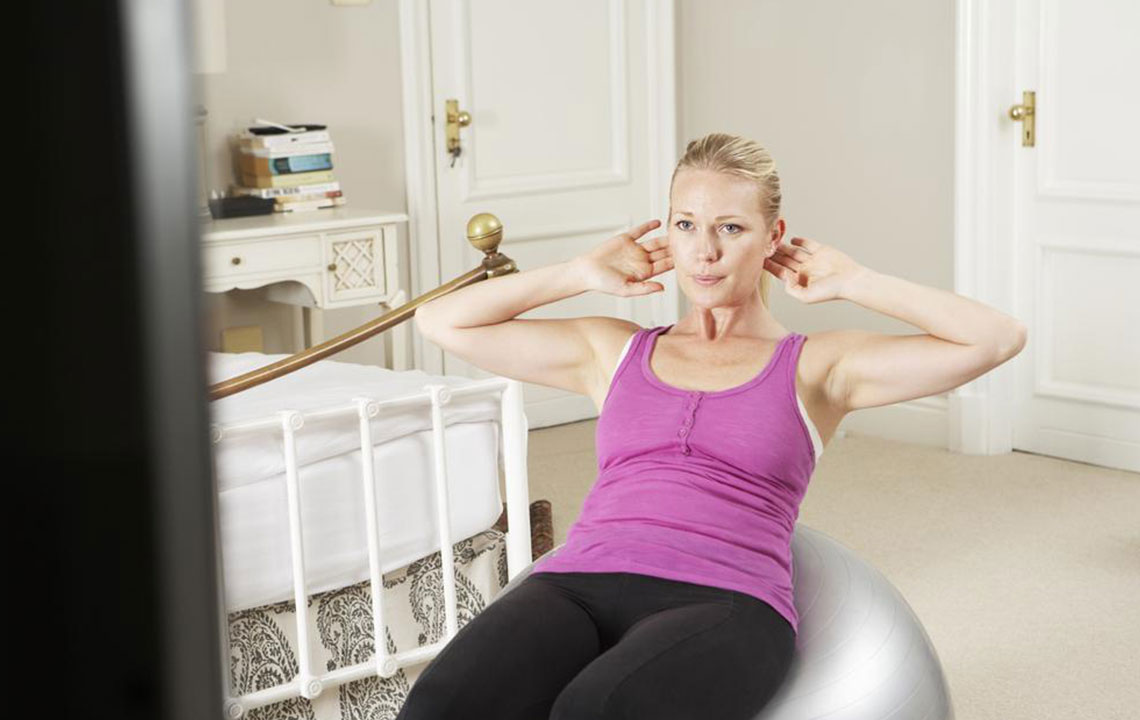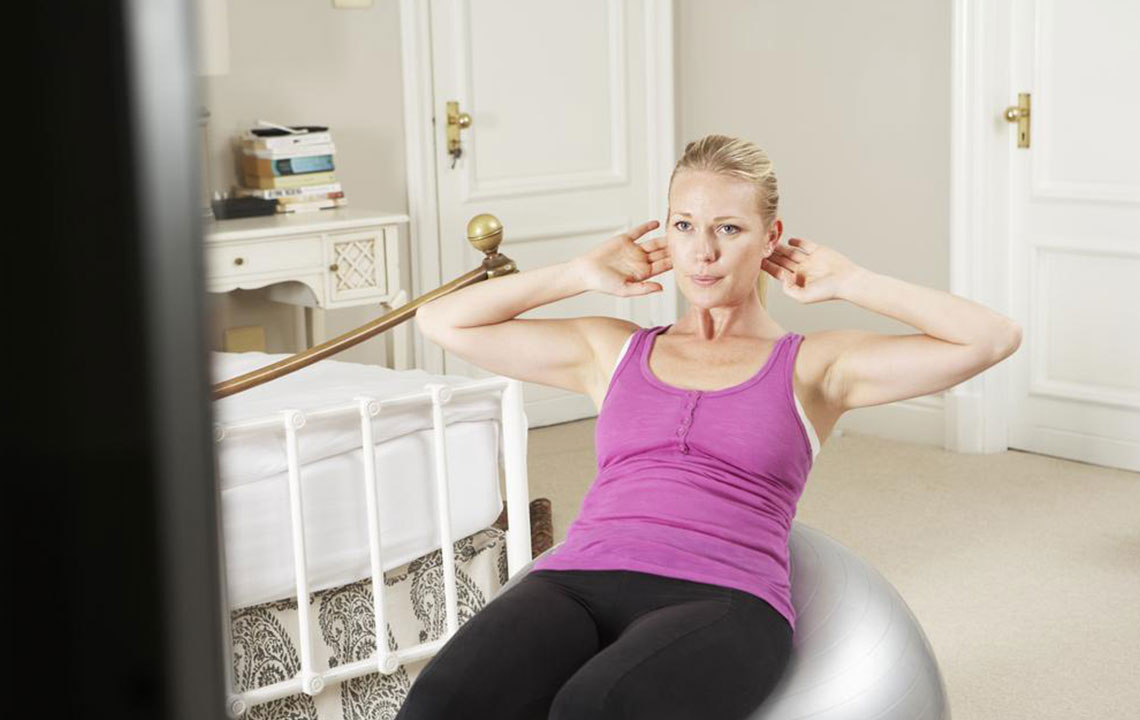Comprehensive Guide: Top 3 Proven Exercises to Relieve Back Pain and Improve Posture
Discover comprehensive and effective exercises to relieve back pain, improve posture, and promote spinal health. This guide covers stretching routines for the legs, neck, shoulders, and hips, offering practical tips for safe and consistent practice. Incorporate these exercises into your daily routine to reduce stiffness, alleviate discomfort, and support long-term back health. Perfect for anyone seeking natural pain relief and mobility enhancement, ensuring a healthier, pain-free back.

Comprehensive Guide: Top 3 Proven Exercises to Relieve Back Pain and Improve Posture
Back discomfort is a common issue affecting millions of individuals worldwide. It can arise from numerous causes, including degenerative disc disease, muscle strains, ligament sprains, poor posture, injuries, or accidents. Whether the pain is temporary or persistent, finding effective ways to alleviate discomfort is essential for maintaining quality of life and preventing further injury. While resting may provide immediate relief by reducing pressure on the spine, incorporating targeted gentle exercises can promote healing, increase flexibility, and strengthen the back muscles. This comprehensive guide explores three highly effective exercises designed to ease back pain, enhance mobility, and support overall spinal health.
Leg Stretching and Hamstring Flexibility
One of the most beneficial exercises for back pain relief involves stretching the legs and hamstrings. Tight hamstring muscles can place undue stress on the lower back, leading to discomfort and stiffness. To perform this exercise, lie flat on a yoga mat or a comfortable surface, extend your legs fully, and flex your toes towards the ceiling. Gently pull your knees toward your chest, holding the position for several seconds before releasing. Repeating this movement multiple times daily can help relax tight muscles, increase flexibility, and reduce tension in your lower back. Over time, this exercise can lead to significant reductions in back discomfort and improve overall posture.
Neck and Shoulder Flexibility Routine
Upper back tension often results from prolonged poor posture, stress, or muscle strain in the neck and shoulders. Incorporating specific stretches targeting these areas can provide significant relief. Sit upright on a comfortable chair or cross-legged on the floor. Gently tilt your head downward, bringing your chin towards your chest. Feel the gentle stretch along the back of your neck and upper shoulders. Hold this position for 15-30 seconds, breathing deeply to facilitate relaxation. Slowly return to an upright position and repeat. Additionally, shoulder rolls—lifting your shoulders towards your ears and rolling them back—can help loosen tight shoulder muscles. Regular practice of these stretches can improve flexibility, release tension, and reduce upper back pain, ultimately benefiting the entire spine.
Hip and Piriformis Stretch
Hip tightness often contributes to lower back pain, especially in individuals who spend prolonged hours sitting. The hip stretch, particularly targeting the piriformis muscle, can help alleviate this issue. Stand with your feet shoulder-width apart. Step one foot back into a lunge position, with the back foot flat on the ground and the front knee bent at a 90-degree angle. Gently lean forward from your hips, keeping your back straight, until you feel a stretch in the outer hip and buttock area. Hold this position for 20-30 seconds, then switch sides. This stretch not only relieves hip tightness but also improves overall pelvic stability and reduces pressure on the lower back. Incorporating this exercise into your daily routine can markedly diminish back pain caused by hip stiffness.
Additional Tips for Managing Back Pain
While these exercises are highly effective, it is crucial to perform them carefully and mindfully. Wear comfortable, breathable clothing that allows free movement. Start with gentle motions, gradually increasing intensity as your body allows. If you experience sharp or persistent pain, stop immediately and consult a healthcare professional. Regular, consistent practice of these stretches can promote better spinal health, prevent future injuries, and support an active lifestyle. Alongside exercise, maintaining good posture, staying hydrated, and engaging in regular physical activity can further enhance back health. Remember, sustained care and proper technique are key to effective back pain management.





